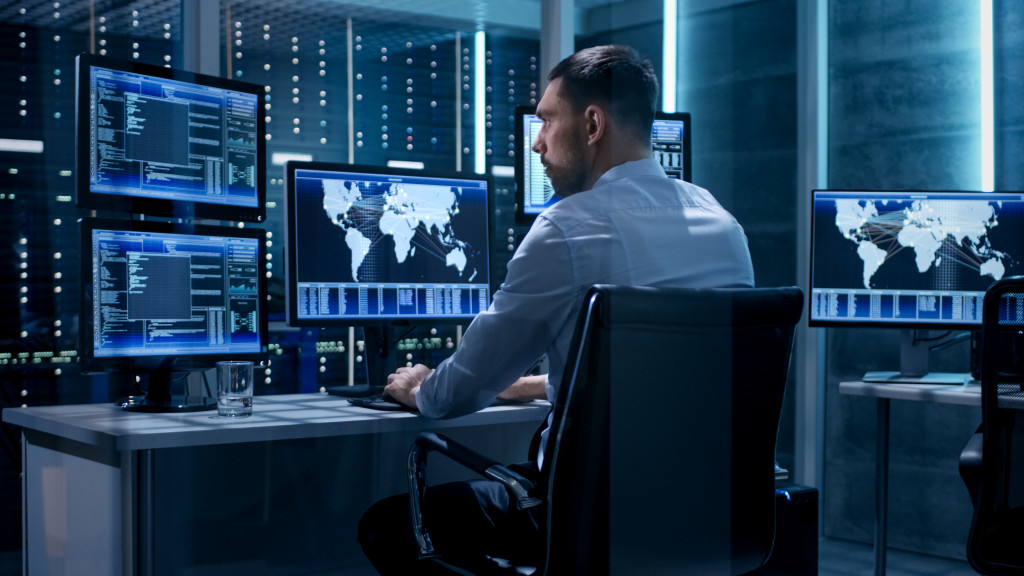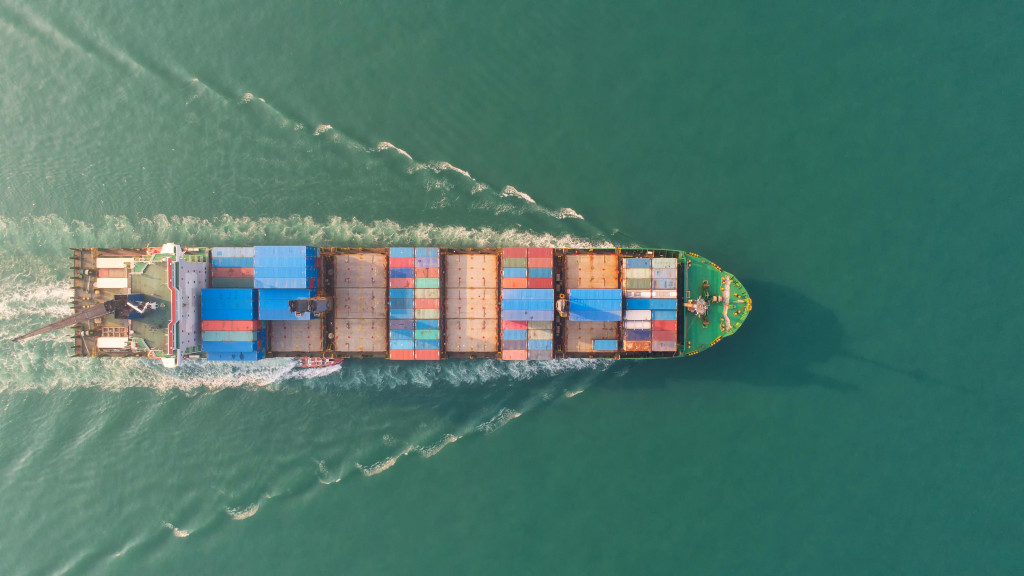Technology has simplified many aspects of our lives, and water freight operations are no exception. Here we will explore how technology makes it easier for shippers to move goods via water freight. We’ll also look at some challenges that remain in this mode of transportation.
Preventive Maintenance of Ships
A large part of the cost of operating a ship is related to maintenance and repair. In the past, much of this maintenance was done on an as-needed basis, which often resulted in more extensive and expensive repairs being required. Maintaining a ship is a huge undertaking. Countless moving parts need to be monitored and maintained regularly to ensure the safety of the vessel and its crew. In the past, this was done primarily through manual inspection and repair. However, with the advent of new technologies, it is now possible to automate many of these processes. For example, sensors can detect potential problems with the hull or engines, and software can be used to track maintenance records and scheduling. As a result, technology simplifies water freight operations by preventive maintenance of ships. By automating these tasks, shipowners can save time and money and avoid potential hazards at sea.
Today, however, many well-known ship repair and maintenance companies use predictive analytics and other data-driven tools to perform preventive maintenance on their vessels. By catching potential problems before they occur, these companies can keep their ships in better condition and avoid costly repairs. This predictive maintenance is made possible by the sensors that are now being installed on ships. These sensors collect data on everything from engine performance to weather conditions, which can then be used to identify potential issues and take action to prevent them.
Improved Tracking and Visibility
Another area where technology is simplifying water freight operations is in the area of tracking and visibility. In the past, it was often challenging for shippers to track their cargo once it had been loaded onto a vessel. It made it difficult to know precisely where their goods were and when they would arrive at their destination.
Water freight is vital to the economy, carrying over 90% of global trade by volume. However, the shipping industry has been slow to adopt new technologies, resulting in inefficiencies and high costs. Fortunately, this is beginning to change, as essential water freight operations are being simplified by improved tracking and visibility.
One major problem in the shipping industry is the lack of transparency around shipments. It makes it difficult for shippers to track their goods and ensure delivery on time. However, new technologies are providing greater visibility into water freight operations. For example, GPS tracking devices can now be used to monitor the location of boats and barges in real-time. This information can be shared with shippers to see precisely where their goods are at all times. In addition, blockchain technology is being used to create a digital record of every stage of the shipping process. It not only makes it easier to track shipments but also helps to prevent fraud and errors.

Improved tracking and visibility are having a significant impact on water freight operations. By making tracking shipments and monitoring progress easier, these technologies simplify logistics and reduce costs. In addition, they are helping to improve customer satisfaction by ensuring that goods are delivered on time and in good condition.
Technology is playing an increasing role in simplifying water freight operations. By automating tasks, improving tracking and visibility, and providing greater transparency, these technologies make it easier to manage shipments and reduce costs. In addition, they are helping to improve customer satisfaction by ensuring that goods are delivered on time and in good condition.
Electronic Data Interchange
Another way that technology is simplifying water freight operations is by making it easier to exchange information between different parties. In the past, much of the shipment information was exchanged via paper documents. This often resulted in delays and errors and wasted time and effort.
Today, however, most of this information is exchanged electronically via a process known as electronic data interchange (EDI). EDI allows different parties to exchange information quickly and accurately, without paper documents. It helps improve the efficiency of water freight operations and reduces the chances of errors. While EDI has been around for many years, it is only now starting to be used more widely in the water freight industry. It cannot be easy to implement, and many companies still use paper-based systems.
Technology is simplifying water freight operations in several ways. From predictive maintenance to improved tracking and visibility, shippers are benefiting from the many advances that have been made in this area. While there are still some challenges to be addressed, it is clear that technology is making water freight transportation more efficient and easier to manage.

